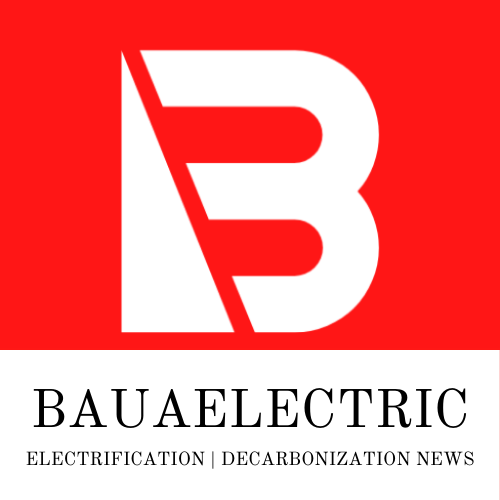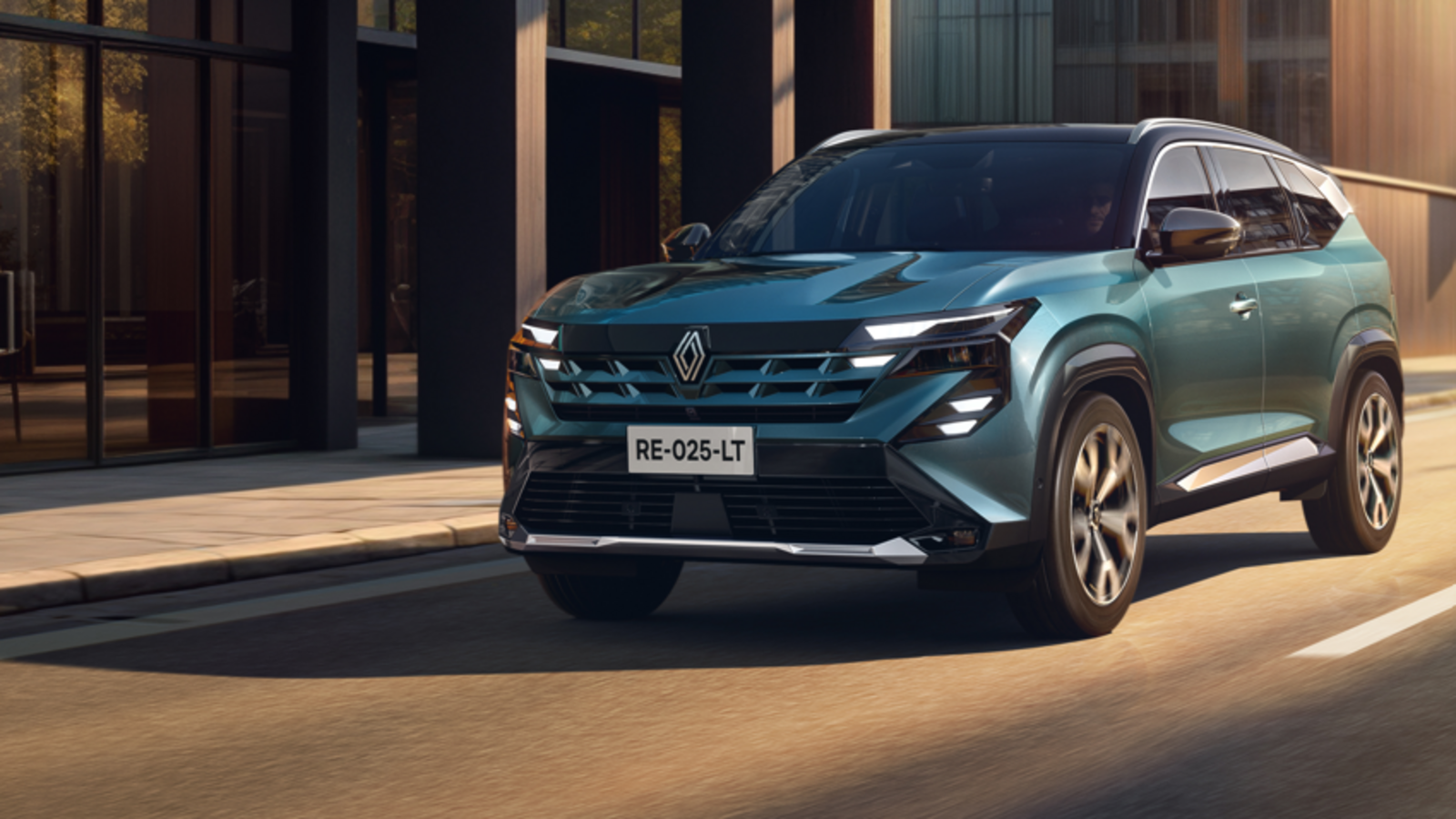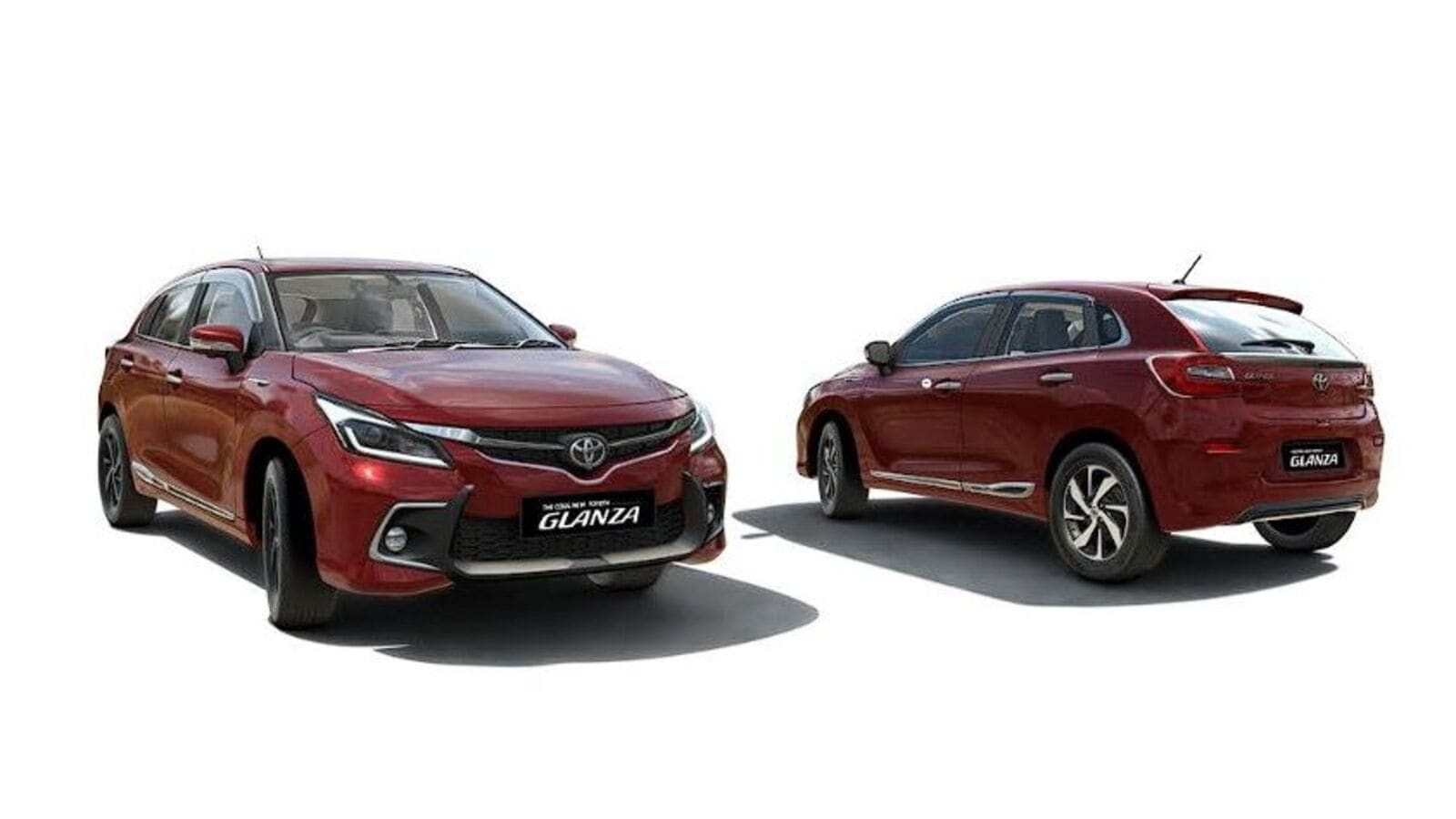10 July 2025

The Italian new-car market witnessed a significant year-on-year decline in June, with only one powertrain trending upwards. Could the legacy of incentives be to blame? Autovista24 web editor James Roberts unpicks the reasons behind the figures.
At best, the Italian new-car market has seemingly avoided any serious registrations downturn so far in 2025. Any declines have been small, while March and April saw deliveries improve. It appears this trajectory shifted in June, in what industry trade association ANFIA has labelled a ‘worrying result.’
June saw a total of 132,320 new cars registered in the country, marking a year-on-year decline of 17.4%. This equates to 27,856 units, the largest fall in the year so far. This is a long way from the 6.3% year-on-year growth earned in March.
Looking at the first half of 2025, the inertia is reflected. In the year to date, 854,929 new-cars have been registered, 3.6% down when compared with the first half of 2024. Until June, the year-to-date market had been fairly stable in April and May. There were, however, a lower number of working days first six months of 2025, compared with the same period in 2024.
Reasons for the apparent comparative anomaly are multi-layered. Buoyant Italian new-car registrations in June 2024 were influenced by the roll out of incentives under the Ecobonus scheme. This resulted in a 15.1% year on year boost 12 months ago. Significantly, the introduction of subsidies propelled battery-electric vehicle (BEV) registrations forwards.
Fast-forward to 2025, and while this factor has influenced the negativity, wider issues are at play. One key disrupter is a continued slide in new internal-combustion engine (ICE) registrations. Aligned with this is a wider confusion centred on current electric vehicle (EV) incentives.
ANFIA stated that the Italian new-car market is caught between stagnant demand and low production. The industry body also emphasised the need for government support and clear new incentives. It is hoped that the Ministry of Ecological Transition (MoEES) will clarify subsidies for zero-emission vehicles (ZEVs).
Italian BEV decline
Last month’s slump in BEV registrations is exacerbated when compared with June 2024. This year, the powertrain’s numbers decreased by a sizeable 40.4%, and 5,495 units. This is in contrast with the incentive-boosted period 12 months previously.
The pattern of low overall market share for Italian BEVs continued in June. Hitting 2025’s halfway point, plug-in registrations make up just 7.2% market share, one of the lowest in Europe.
Despite this, after the first six months of the year, the BEV market share has still increased. The powertrain holds a 5.2% share, up 1.3 percentage points (pp) compared with 2024. BEVs also carry a 28% increase in registrations over the same period.
More can be done to help BEV registrations in the country. Industry body UNRAE highlight a need for increased availability and policy towards EV charging infrastructure. They highlight that public charging points funded by the PNRR (National Recovery and Resilience Plan) have been reduced from €21,355 to €12,000, leaving €597.3 million in public funds unused. Additionally, a recent tender for charging stations in urban centres, which aimed for over 4,700 stations, only funded 1,400.
‘The system is clearly not working as it should,’ stated Roberto Pietrantonio, president of UNRAE. He issued a cautionary statement, highlighting that the absence of a comprehensive and operational charging infrastructure risks impeding the electrification process. This could cause Italy to lag even further behind other European nations.
Furthermore, Pietrantonio advocated for significant measures to address elevated charging costs, expedite infrastructure development, and ensure more efficient management of remaining resources by the Ministry of Environment and Energy Security (MASE).
PHEVs prevail
June has seen a continued prevalence of the popularity of plug-in hybrids (PHEVs). In total, 9,528 units reached customers.
This underscored a volume increase of 74.2% year on year, as well as a 4.8pp lift in market share to 7.2%. It also marks the highest number of PHEVs registered monthly in Italy so far in 2025.
Looking at the wider plug-in market, encompassing BEVs and PHEVs, a similar trend emerges. Whilst May recorded a 66.1% year-on-year increase in plug-in sales, June endured a 7.1% slide. This is the first time this year the EV market has dropped. However, this is in comparison with the incentive-driven period in 2024.
In the year to date, things remain on a downhill path. Combined, BEVs and PHEV registrations are up 40.7% on 2024, with a 25,885-unit upswing. Whilst this may appear positive, Italy began 2025 with a plug-in share of 65.6%, marking a 24.9pp drop across the first six months of 2025.
Italian hybrid love affair continues
Once again, hybrids, made up of full and mild hybrid powertrains, proved the overriding technology in Italy last month. However, an overall decline of 7.2% was recorded, with 57,102 units taking to the Italian roads in June. Despite this, hybrids held a 43.2% market share in the month, up 4.8pp year on year.
Spanning the first half of the year, hybrids accounted for the largest slice of Italy’s new-car market. They claimed a 44.2% market share, with 377,661 units sold. This is an increase of 6.5pp year on year, while volumes rose 10% across the first six months of 2025.
Combining EV and hybrid totals, the electrified market declined 7.2% last month, with the poor performance of BEVs and hybrids hindering PHEVs strength. The technology accounted for 56.4% of total registrations.
Meanwhile, in the first half of 2025, electrified totals are up 14.8%, with 60,263 more models delivered to customers. This equates to a 54.6% share of overall volume in the six-month period, underscoring its dominance in Italy’s new-car market.
Petrol and diesel down but not out
Petrol power underwent its biggest monthly year-on-year decline in June, plummeting 26.5%. With just 31,421 units registered, the overall market share continues to slide downwards. This equated to a 23.7% share for the month, down 3pp on one year previous.
Following a pan-European trend, diesel joins its ICE bedfellow in a continued fall. The fuel-type has witnessed consistent double-digit spirals in 2025, and June is no exception. A 34.4% year-on-year slide reduced the monthly share to 10.3%.
Combined, petrol and diesel sales dropped 29.1% year-on-year in June. This equals a 34.1% market share, the lowest monthly total recorded in 2025.
This is particularly stark as half of 2025 has now passed. In January, ICE registrations accounted for a 36.4% of overall registrations.
Moving on to June 2025, the overall market share remains at 36.3%. This is just 0.1pp below January’s figures. Therefore, while registrations are down, they appear to have hit a limit. It seems the Italian consumer preference for petrol and diesel will need to be radically shaken if the domestic picture is likely to change and electrify any time soon.





